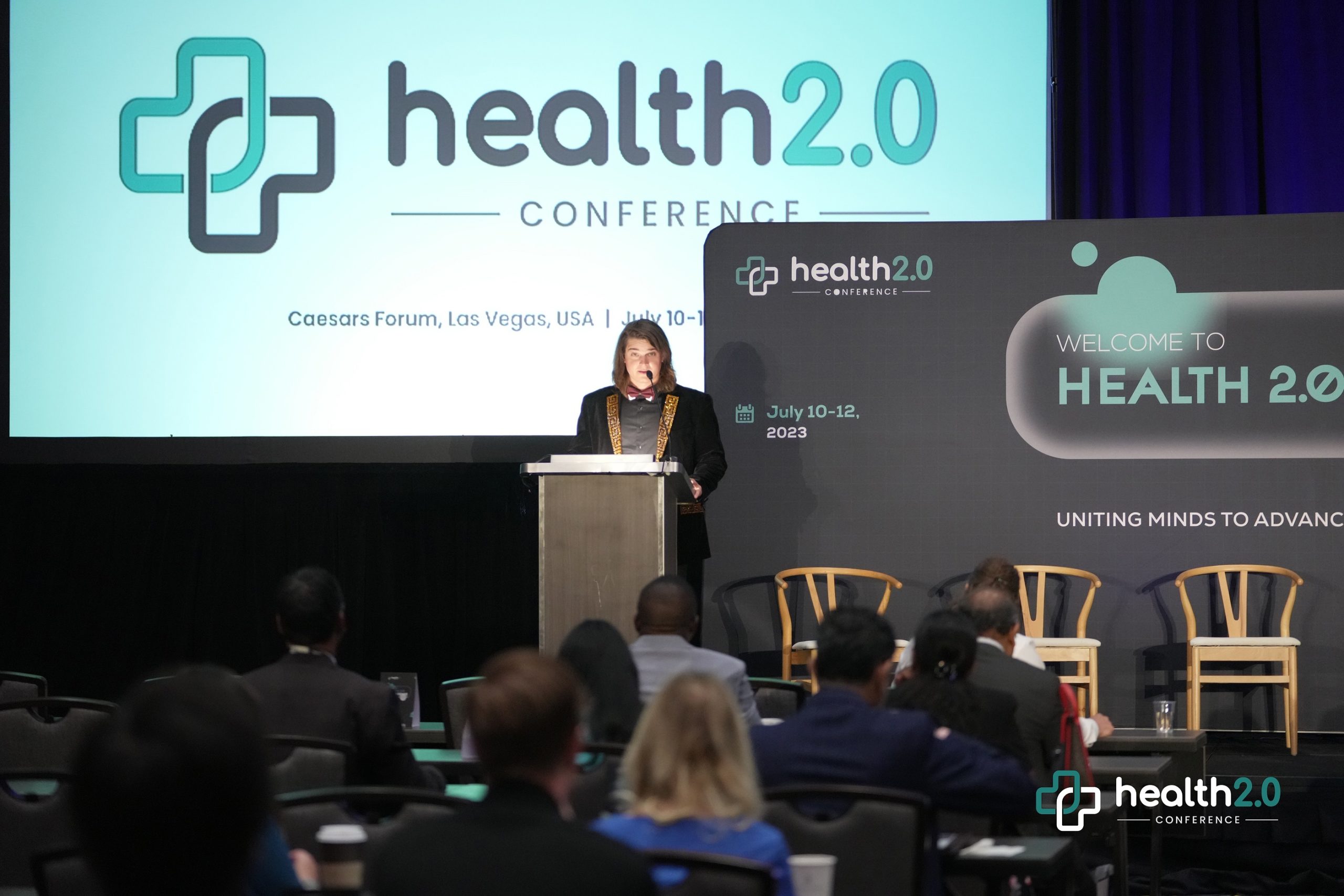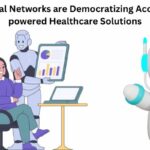
Medical care is available to all at any time. While this ease of healthcare access is a great aid for all, it can be financially burdensome for some. This is where Patient Assistance Programs (PAPs) enter the picture.
PAPs have emerged as a lifeline for individuals seeking affordable healthcare solutions. These programs aim to provide eligible patients access to medications they might otherwise struggle to afford. While this is a lucrative option for low-income patients, it comes with a challenge
-– PAP scams.
Let’s dive into the world of patient assistance programs and their scams and learn how to identify and tackle them. Here, we have used insights from healthcare conferences and events to review legit scam-prevention tactics thoroughly.
Table of Contents
Understanding Patient Assistance Programs (PAPs)
PAPs have been a crucial support system for patients facing high medication costs. These programs are offered by pharmaceutical companies, nonprofit organizations, or government agencies. They aim to cover the gap between affordability and essential medical treatments.
Experts at Health 2.0 Conference discuss various medical conditions that PAPs cater to. These range from chronic illnesses to acute treatments. According to expert insights, below are key points to note when it comes to legit patient assistance programs.
- Eligibility Criteria
Legit PAPs have specific eligibility criteria. This might include factors such as income level, insurance coverage, and medical diagnosis. This helps ensure that the assistance reaches those who truly need it.
- Application Process
Genuine PAPs have a well-defined application process. This process might involve submitting financial documents, medical records, and other relevant information. Be cautious of programs that require excessive personal information upfront.
- Transparency
Authentic PAPs provide clear and transparent information about the assistance they offer. This includes details about the medications covered, the extent of financial aid, and any potential co-payments.
Recognizing Patient Assistance Program Scams
Patient assistance programs have become popular because of their convenience and affordability. Due to this, they have also attracted the attention of scammers looking to exploit vulnerable individuals. These scam attempts can manifest in various forms, from fake websites to unsolicited phone calls. Upcoming healthcare events in 2024 have streamlined their agendas to explore this concern in detail.
Experts believe understanding the red flags associated with these scams is crucial for safeguarding your financial well-being and health. Here are some warning signs they suggest you should watch out for:
- Unsolicited Contacts
Be careful about unsolicited phone calls, emails, or text messages claiming to offer assistance through a patient assistance program. Scammers often use high-pressure tactics to manipulate individuals into sharing personal information.
- Upfront Fees
Legit PAPs do not charge upfront fees for enrollment or assistance. If a program asks for payment before providing any aid, it’s likely a scam.
- Too Good To Be True
If an offer sounds too good to be true, it probably is. Scammers often promise unrealistic benefits or claim to cover all medical expenses without any proper documentation.
- Pressure To Act Quickly
Scammers thrive on urgency. If you’re pressured to provide personal information or payment immediately, take a step back and research the program’s legitimacy before proceeding.
Verifying Legitimacy And Protecting Yourself
It might seem daunting, but it is possible to navigate the landscape of patient assistance programs effectively. For this, it is important to adopt a cautious approach and verify the authenticity of any program. Protecting yourself from scams requires diligence and a willingness to ask the right questions. Health 2.0 Conference gives a step-by-step guide to help you ensure you’re engaging with a genuine patient assistance program:
- Research Extensively
Begin your journey by researching the program online. Visit the official website of the pharmaceutical company or organization offering the assistance. Look for reviews, testimonials, and news articles to validate the program’s authenticity.
- Contact Healthcare Providers
Consult your healthcare provider or pharmacist before enrolling in a patient assistance program. They can guide you toward reputable programs and help you avoid potential scams.
- Verify Contact Information
Scammers often use fake contact information. Double-check the program’s contact details by visiting the official website or calling a known customer service number.
- Check For Secure Websites
Before sharing any personal information online, ensure that the website’s URL begins with “https://” and has a padlock symbol in the address bar. This indicates a secure connection.
Reporting Scams And Seeking Genuine Assistance
Staying vigilant can greatly reduce your risk of falling victim to a patient assistance program scam. It is also important to know what to do if you encounter a fraud scheme. Experts believe reporting scams helps protect yourself and prevents others from becoming victims. According to insights from healthcare conferences and events, here’s what you should do if you suspect a scam.
- Cease Communication
If you suspect you’re dealing with a scam, immediately cease communication. Do not provide any further personal information.
- Report To Authorities
Report the scam to appropriate authorities who can investigate and take necessary action against scammers.
- Contact Financial Institutions
If you’ve shared financial information with scammers, contact your bank to prevent unauthorized transactions.
- Seek Legitimate Help
If you’re in need of assistance with medication costs, reach out to established organizations, healthcare providers, and legitimate patient assistance programs. Your healthcare provider can guide you towards trusted resources.
Embracing Community Resources And Education
Of course, protecting yourself from patient assistance program scam is important. But it’s also essential to stay informed and connected within your community. Education and awareness play a key role in ensuring that individuals are well-prepared to make informed decisions about their healthcare options. Additionally, leveraging community resources can provide a network of support that helps you navigate the complexities of accessing medications. Here’s how you can embrace community resources and education:
- Local Support Groups
Join local support groups or online forums related to your medical condition. These platforms often share valuable insights about reputable patient assistance programs, personal experiences, and tips for accessing affordable medications.
- Patient Advocacy Organizations
Many patient advocacy organizations specialize in providing information and resources for individuals seeking affordable healthcare solutions. These organizations can connect you with trusted patient assistance programs and offer guidance on navigating insurance coverage.
- Healthcare Conferences
Attend renowned healthcare conferences and events to gain access to exclusive healthcare content. This will help you gain insights from medical professionals and stay updated with the most recent trends in healthcare. Consider attending popular upcoming healthcare events in 2024, like Health 2.0 Conference.
Conclusion
While getting affordable healthcare through PAPs might be helpful, remember to stay vigilant in your pursuit of it. Share this information with your friends, family, and community to help everyone tackle scam attacks in healthcare. By understanding the characteristics of legit programs, recognizing warning signs of scams, and taking proactive steps to verify authenticity, you can ensure you receive genuine medical care.


